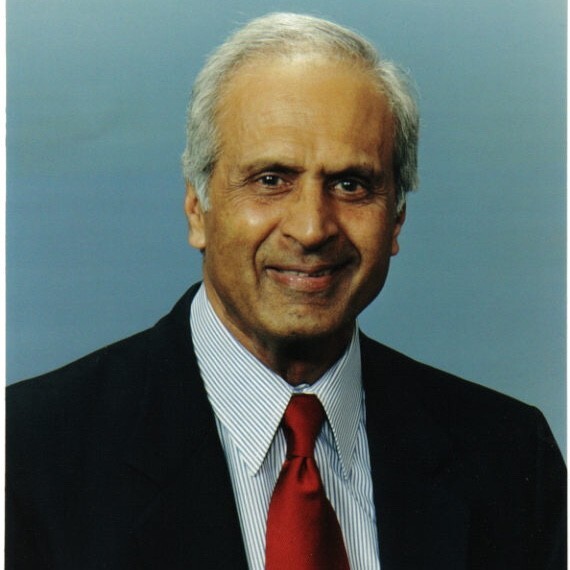Inquire
A Universal Framework for Success of ANY Endeavor!

I recently came across a TED-X talk (16:48) given in Goa, India by Capt. Raghuraman. In that talk the speaker, an Army Captain in India, and then a businessman-entrepreneur delineates a framework that has its roots in the military warfare. The speaker synthesizes his military, business, and start-up experience to present this framework that is effective in any endeavor—from a military mission, to launching and scaling a start-up, to getting ready for a TED talk. Although Raghuraman presents that framework in the vernacular of the Indian services (a combination of Hindi, Urdu, and English) in the form of a mnemonic acronym I thought it was compelling enough to translate it to other audiences who remember more easily English acronyms.
In presenting that framework I am also making the connection between the military organizations that date back to prehistoric times of warfare to today’s business organization. In fact, today’s business organization has a history that is only about two centuries’ old. The first industrial enterprise was launched after the industrial revolution started spreading in the 18th century and it derived its organizational inspiration from the military, including its hierarchy, command-and-control mindset, and how it carries out its mission in everyday sense of the word.
In his talk Raghuraman uses the mnemonic Z-KITBAG and goes on to take each of the letters and presents to the audience what they mean in the context of the framework that he believes has universal applicability in any human enterprise—from a start-up to a scale-up to any project, large or small, that needs to be successfully executed. In this blog I plan to translate that acronym in yet another mnemonic form for those who are more comfortable with English with my own spin on what they mean.
My equivalent English acronym for that seven-element framework is FKSTROT (Foxtrot). To fully appreciate the significance of this framework I urge you to watch the TED-X talk for which I have embedded the link at the top. I am providing here my own take on this FKSTROT acronym and framework.
F= Field of view: In any endeavor having a panoramic view of the landscape relevant to the undertaking is a good start. If you are lunching a new business knowing what the market is, who the competitors are, and what likely forces are going to influence your business are few of the items that must be brought into your field of view as one of the seven elements of this framework.
K=Knowledge: Although Raghuraman uses intelligence as the second item for this element in his framework, knowledge is a more appropriate noun for what is relevant; intelligence is one aspect of that knowledge. Knowing all about your market, competition, different forces that are going to affect your business, including regulatory requirements and impending legislation are critical to a solid foundation for the business to succeed.
S= Strategy: For any undertaking having a strategy that is clearly defined helps set the direction for the endeavor, providing a North Star for the leader who is going to move the business forward and succeed in its mission. Strategy defines what is different about you from the competition and what you are going to differently from them to succeed. Without a clear articulation of a strategy that is communicated to all the members and stakeholders confusion can ensue and the undertaking can founder. Strategy is not something you keep changing once set and agreed to.
T= Tactics: This fourth element defies how you are going to execute that strategy (#3) and what approach you are going to take to make sure that the strategy gets executed. Raghuraman gives an example of capturing a certain hill as a strategy (the What). How that hill will be captured will result from the tactics you adopt: Sending an advance party, casing out the place, and then attacking with the right firepower all form the Tactics of the mission.
R= Resources: For any mission to succeed knowing all the resources needed is critical. Too few resources can scuttle a mission and too many resources can result in chaos. So, having the right mix of the needed resources time-phased for their appropriate deployment can make a difference between success and failure.
O= Organization: This is also called Logistics. Merely having the resources is a start, but knowing how to deploy those resources at appropriate times is also a key ingredient for all things to come together. If the sequence in which the Organization (or Operation) does not come together, with the right back-ups and Plan-Bs, then your mission can be in jeopardy.
T= Timing: In his talk Raghuraman calls this synchronization, but it is time sequencing. Those who understand project management know how dependencies of different milestones and their proper sequencing can make or break a project. So, getting everyone involved in an endeavor “synched up” is critical so that all the previous six elements happen as planned to accomplish the mission.
Although this seven-element framework appears simple, it is not simplistic. Any major failed endeavor can be diagnosed in the light of this framework and lessons learned for preventing such failures in the future. It does not matter what the size of your undertaking is!
Good luck!
Acknowledgement: I’d like to thank Don Chislow for brining this TED-X talk to my attention.
- Managerial Effectiveness!
- Future and Predictions
- Motivatinal / Inspiring
- Other
- Entrepreneurship
- Mentoring & Guidance
- Marketing
- Networking
- HR & Recruiting
- Literature
- Shopping
- Career Management & Advancement


 SkillClick
SkillClick